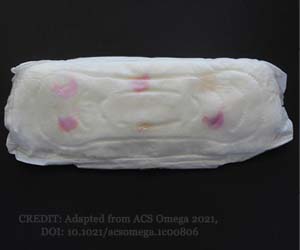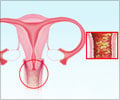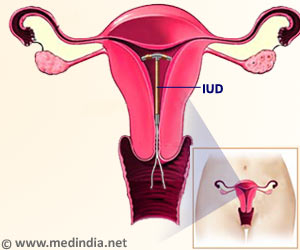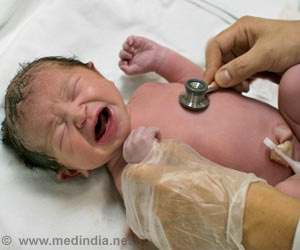Study reveals toxic metals like lead and arsenic present in various tampon brands, posing potential health risks to users.

Tampons as a source of exposure to metal(loid)s
Go to source).
Presence of Toxic Metals in Tampons
Tampons are particularly concerning as they could serve as a route for exposure to chemicals, including metals, due to the high absorption potential of the vaginal skin. Moreover, given their extensive use—50-80% of menstruating individuals rely on tampons regularly for several hours—the public health implications are significant.Jenni A. Shearston, the lead author and a postdoctoral scholar at UC Berkeley School of Public Health and the Department of Environmental Science, Policy, & Management, emphasized the lack of prior research on chemical content in tampons. She highlighted the study as the first to detect metals in these products, noting troubling findings of various metals, including toxic ones like arsenic and lead.
Metals have been found to increase the risk of dementia, infertility, diabetes, and cancer. They can damage the liver, kidneys, and brain, as well as the cardiovascular, nervous, and endocrine systems. In addition, metals can harm maternal health and fetal development.
“Although toxic metals are ubiquitous and we are exposed to low levels at any given time, our study clearly shows that metals are also present in menstrual products, and that women might be at higher risk for exposure using these products,” said study co-author Kathrin Schilling, assistant professor at Columbia University Mailman School of Public Health.
Potential Health Risks in Tampons
Researchers evaluated levels of 16 metals (arsenic, barium, calcium, cadmium, cobalt, chromium, copper, iron, manganese, mercury, nickel, lead, selenium, strontium, vanadium, and zinc) in 30 tampons from 14 different brands. The metal concentrations varied by where the tampons were purchased (US vs. EU/UK), organic vs. non-organic, and store- vs. name-brand. However, they found that metals were present in all types of tampons; no category had consistently lower concentrations of all or most metals. Lead concentrations were higher in non-organic tampons but arsenic was higher in organic tampons.Metals could make their way into tampons a number of ways: The cotton material could have absorbed the metals from water, air, soil, through a nearby contaminant (for example, if a cotton field was near a lead smelter), or some might be added intentionally during manufacturing as part of a pigment, whitener, antibacterial agent, or some other process in the factory producing the products.
Advertisement
For the moment, it’s unclear if the metals detected by this study are contributing to any negative health effects. Future research will test how much of these metals can leach out of the tampons and be absorbed by the body; as well as measuring the presence of other chemicals in tampons.
- Tampons as a source of exposure to metal(loid)s - (https://www.sciencedirect.com/science/article/pii/S0160412024004355?via%3Dihub)
Source-Medindia










